公司规模
Large Corporate
地区
- America
国家
- United States
产品
- Blue Yonder's functionality
技术栈
- Real-time data processing
- Supply chain optimization
实施规模
- Enterprise-wide Deployment
影响指标
- Productivity Improvements
- Customer Satisfaction
- Cost Savings
技术
- 分析与建模 - 实时分析
适用行业
- 食品与饮料
适用功能
- 销售与市场营销
- 物流运输
用例
- 供应链可见性(SCV)
- 库存管理
服务
- 数据科学服务
关于客户
可口可乐联合装瓶公司 (CCBCC) 是美国最大的独立可口可乐装瓶商。该公司主要在东南部开展业务,公司办事处位于北卡罗来纳州夏洛特。CCBCC 生产、销售和分销碳酸和非碳酸饮料,主要是可口可乐公司的产品。该公司的产品包括气泡饮料和非碳酸饮料。气泡饮料是碳酸饮料,该公司的主要气泡饮料是可口可乐。
挑战
可口可乐联合装瓶公司 (CCBCC) 面临着管理动态销售量、维持客户服务水平以及实时更好地了解不同形状、大小和口味的饮料的需求驱动因素的挑战。该公司还面临着与更多供应商打交道的复杂性及其特定的包装限制。由于双方都属于不同的包装类别,因此在渠道和连锁店层面需要更高程度的微观营销,这进一步复杂化了问题。
解决方案
CCBCC 实施了 Blue Yonder 的功能来应对这些挑战。该系统提供了一个高度集成的解决方案,有助于推动实际成果。它提高了公司管理剧烈销售波动、有效发布新产品和提高客户服务水平的能力。这有助于推动营收增长和竞争优势。该解决方案还使公司能够优化其采购模式,这在他们接受更多供应商并克服特定包装限制时至关重要。
运营影响
数量效益

Case Study missing?
Start adding your own!
Register with your work email and create a new case study profile for your business.
相关案例.

Case Study
The Kellogg Company
Kellogg keeps a close eye on its trade spend, analyzing large volumes of data and running complex simulations to predict which promotional activities will be the most effective. Kellogg needed to decrease the trade spend but its traditional relational database on premises could not keep up with the pace of demand.
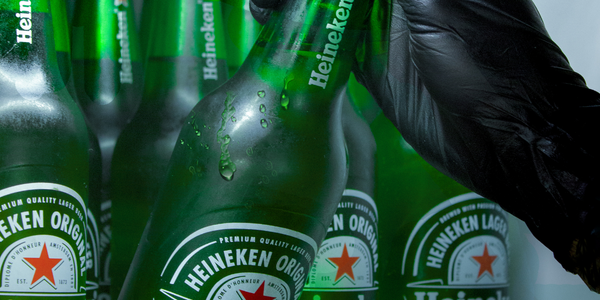
Case Study
HEINEKEN Uses the Cloud to Reach 10.5 Million Consumers
For 2012 campaign, the Bond promotion, it planned to launch the campaign at the same time everywhere on the planet. That created unprecedented challenges for HEINEKEN—nowhere more so than in its technology operation. The primary digital content for the campaign was a 100-megabyte movie that had to play flawlessly for millions of viewers worldwide. After all, Bond never fails. No one was going to tolerate a technology failure that might bruise his brand.Previously, HEINEKEN had supported digital media at its outsourced datacenter. But that datacenter lacked the computing resources HEINEKEN needed, and building them—especially to support peak traffic that would total millions of simultaneous hits—would have been both time-consuming and expensive. Nor would it have provided the geographic reach that HEINEKEN needed to minimize latency worldwide.
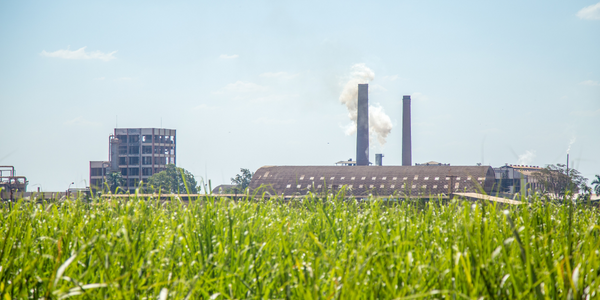
Case Study
Energy Management System at Sugar Industry
The company wanted to use the information from the system to claim under the renewable energy certificate scheme. The benefit to the company under the renewable energy certificates is Rs 75 million a year. To enable the above, an end-to-end solution for load monitoring, consumption monitoring, online data monitoring, automatic meter data acquisition which can be exported to SAP and other applications is required.
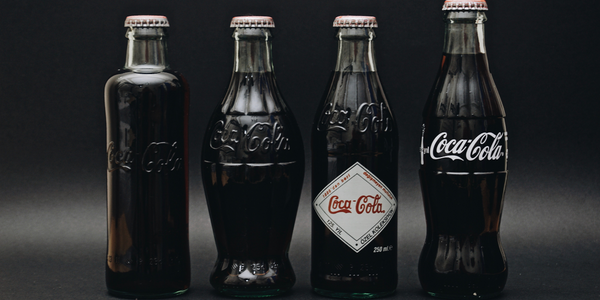
Case Study
Coca Cola Swaziland Conco Case Study
Coco Cola Swaziland, South Africa would like to find a solution that would enable the following results: - Reduce energy consumption by 20% in one year. - Formulate a series of strategic initiatives that would enlist the commitment of corporate management and create employee awareness while helping meet departmental targets and investing in tools that assist with energy management. - Formulate a series of tactical initiatives that would optimize energy usage on the shop floor. These would include charging forklifts and running cold rooms only during off-peak periods, running the dust extractors only during working hours and basing lights and air-conditioning on someone’s presence. - Increase visibility into the factory and other processes. - Enable limited, non-intrusive control functions for certain processes.
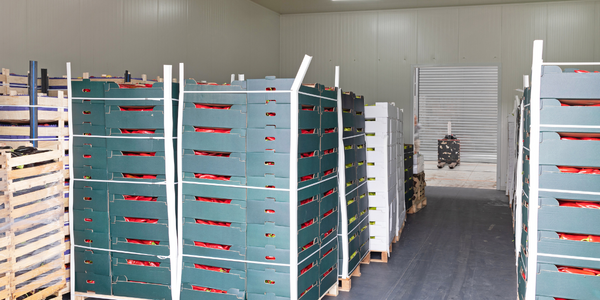
Case Study
Temperature Monitoring for Restaurant Food Storage
When it came to implementing a solution, Mr. Nesbitt had an idea of what functionality that he wanted. Although not mandated by Health Canada, Mr. Nesbitt wanted to ensure quality control issues met the highest possible standards as part of his commitment to top-of-class food services. This wish list included an easy-to use temperature-monitoring system that could provide a visible display of the temperatures of all of his refrigerators and freezers, including historical information so that he could review the performance of his equipment. It also had to provide alert notification (but email alerts and SMS text message alerts) to alert key staff in the event that a cooling system was exceeding pre-set warning limits.
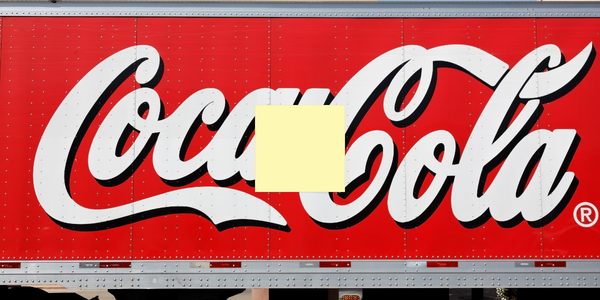
Case Study
Coca-Cola Refreshments, U.S.
Coca-Cola Refreshments owns and manages Coca-Cola branded refrigerators in retail establishments. Legacy systems were used to locate equipment information by logging onto multiple servers which took up to 8 hours to update information on 30-40 units. The company had no overall visibility into equipment status or maintenance history.







